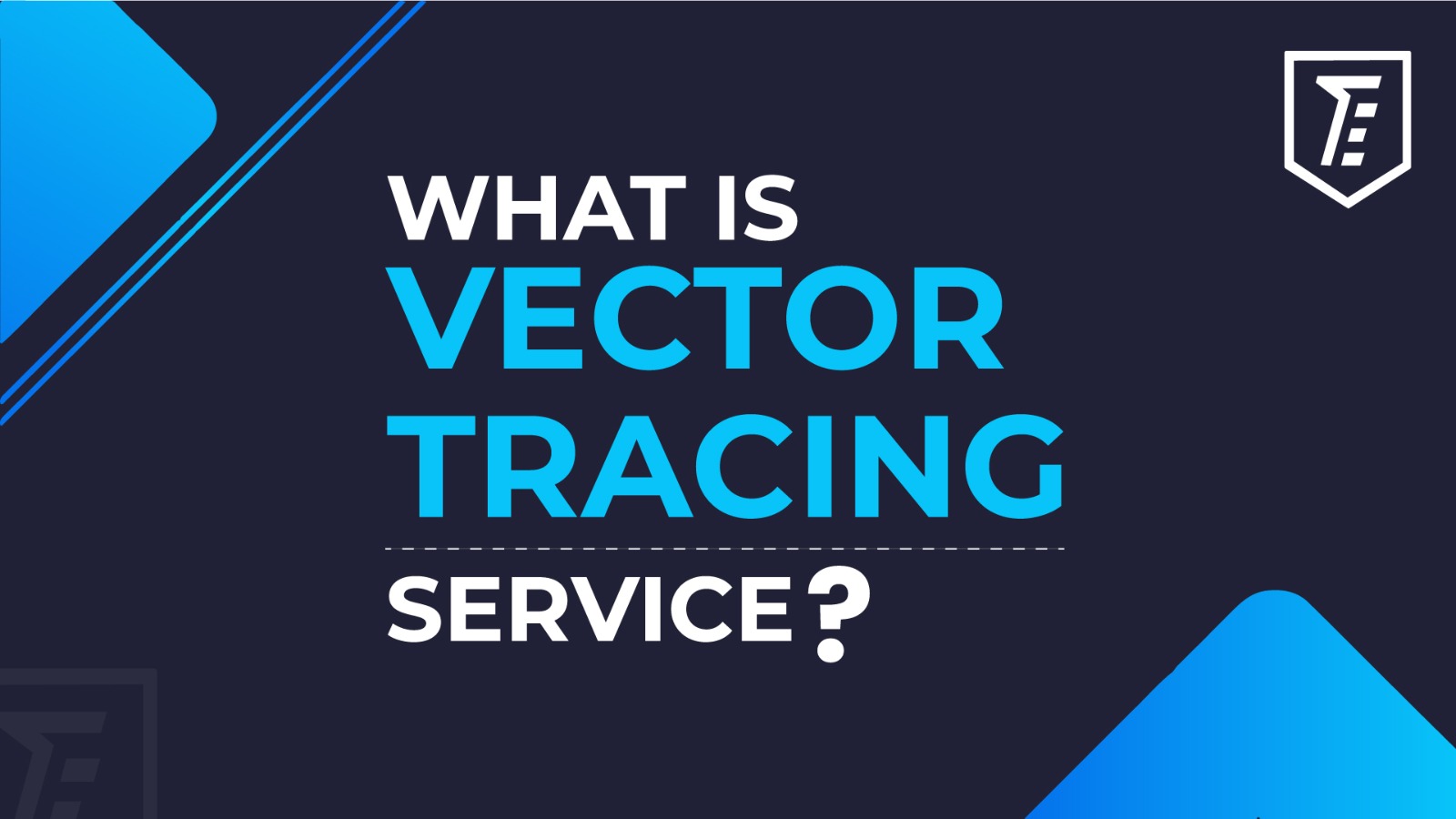

Many photographers, graphic designers, and embroidery designers face issues with image quality. The trouble is, that some of these images are pixelated, blurry, and lose their quality upon resizing them. It’s frustrating because everyone wants these visuals to look sharp and clear, no matter the size. And since vector tracing is the only solution to these bad pixelated images many people want to know what vector tracing service is and how it solves the image quality issues.
Vector tracing is like a magic tool for images. It transforms small or blurry pictures into larger, clear ones. It’s a file format that removes pixelation and converts a raster image into vector form. It’s particularly useful for refining logos and restoring old photos.
Now you might be wondering how you can do vector tracing and what is vector tracing service. Don’t worry, this blog will tell you all about vectorization. So keep reading if you want to get rid of blurry images forever.
Read More: Difference Between Hand Embroidery and Computerized Embroidery
In the vector tracing world, knowing about vectorization is crucial. It’s the core element that makes vector tracing work.
Vectorization, within the scope of vector tracing, is the process of converting raster images (made up of pixels) into vector graphics (constructed with lines and shapes). It’s the transformation of a fuzzy picture into a sharp and clear illustration. Besides, instead of relying on individual pixels(tiny dots), vector images use mathematical formulas to define objects. It helps images stay clear even if we make them bigger.
In a world dominated by pixels and raster images, there exists an art that goes beyond the limits of resolution. Vectorization is a time-consuming task but offers several benefits. Let’s have a look at them.
Certainly, here are the ten benefits of vector tracing, each clearly articulated in shorter sentences:
Vector tracing allows resizing images without sacrificing quality because vector graphics are resolution-independent and ideal for versatile design needs.
Vector graphics, with their precise lines and shapes, produce sharp and crisp visuals, especially crucial for intricate designs, logos, and illustrations.
Vector files are much smaller than raster equivalents, making storage, sharing, and web use more efficient while reducing load times.
These are highly editable files. You can change colors, adjust shapes, and modify elements without quality compromise.
Vector graphics maintain sharpness and quality across print, web, and mobile platforms, ensuring consistent branding.
Vector tracing demands precision initially. However, it ultimately saves time by reducing constant adjustments, especially during resizing.
Vector tracing preserves vector logo conversion integrity, allowing it to adapt seamlessly to various marketing materials without quality loss.
Vector graphics are crucial for creating high-quality print materials. It eliminates pixelation and blurriness during resizing for print.
Vector files export smoothly to various formats like SVG, AI, PDF, and EPS, ensuring compatibility with diverse design software.
Vector tracing breathes new life into old photos and artwork, preserving their original quality for generations to come, serving professionals and enthusiasts alike.
Read More: How To Remove Embroidery
Vector tracing is a process used by designers to recreate an existing image using vector software. It’s akin to tracing on paper but done digitally. This technique is particularly useful when dealing with raster graphics, which are images composed of a grid of pixels. For example, if a client provides you with a small JPEG logo that needs to be enlarged for a leaflet, it can become pixelated and distorted. It is where vector tracing comes to the rescue. So, let’s understand how vector tracing works.
Read More: Embroidery vs Digitizing
Vector art service simplifies the process of converting raster images into high-quality, scalable vectors. These digital artists turn your low-quality raster files into vector paths in bulk. So, let’s get to know the important points when choosing a vector tracing service to improve your image data within hours.
Read More: How to Convert Image to Vector Illustrator
As we’ve learned, that vector tracing gives a boost to your business image and reputation. Converting raster images to vectors is time consuming and requires skills. So it’s wise to hire a top-leading Vector tracing Service like The Embroiders for quick and easy transformation.